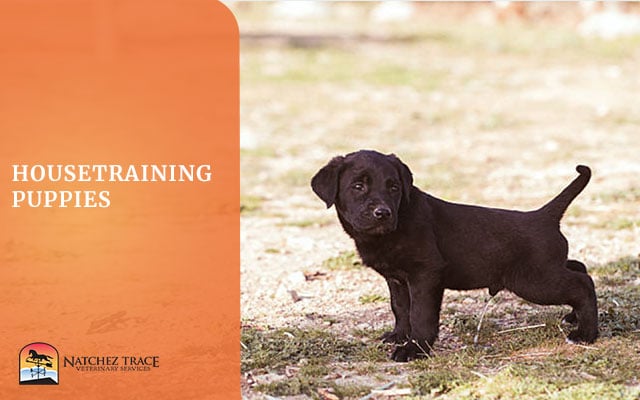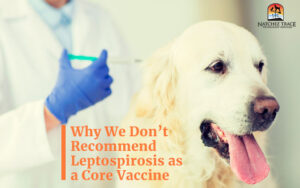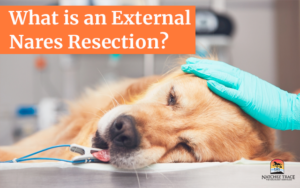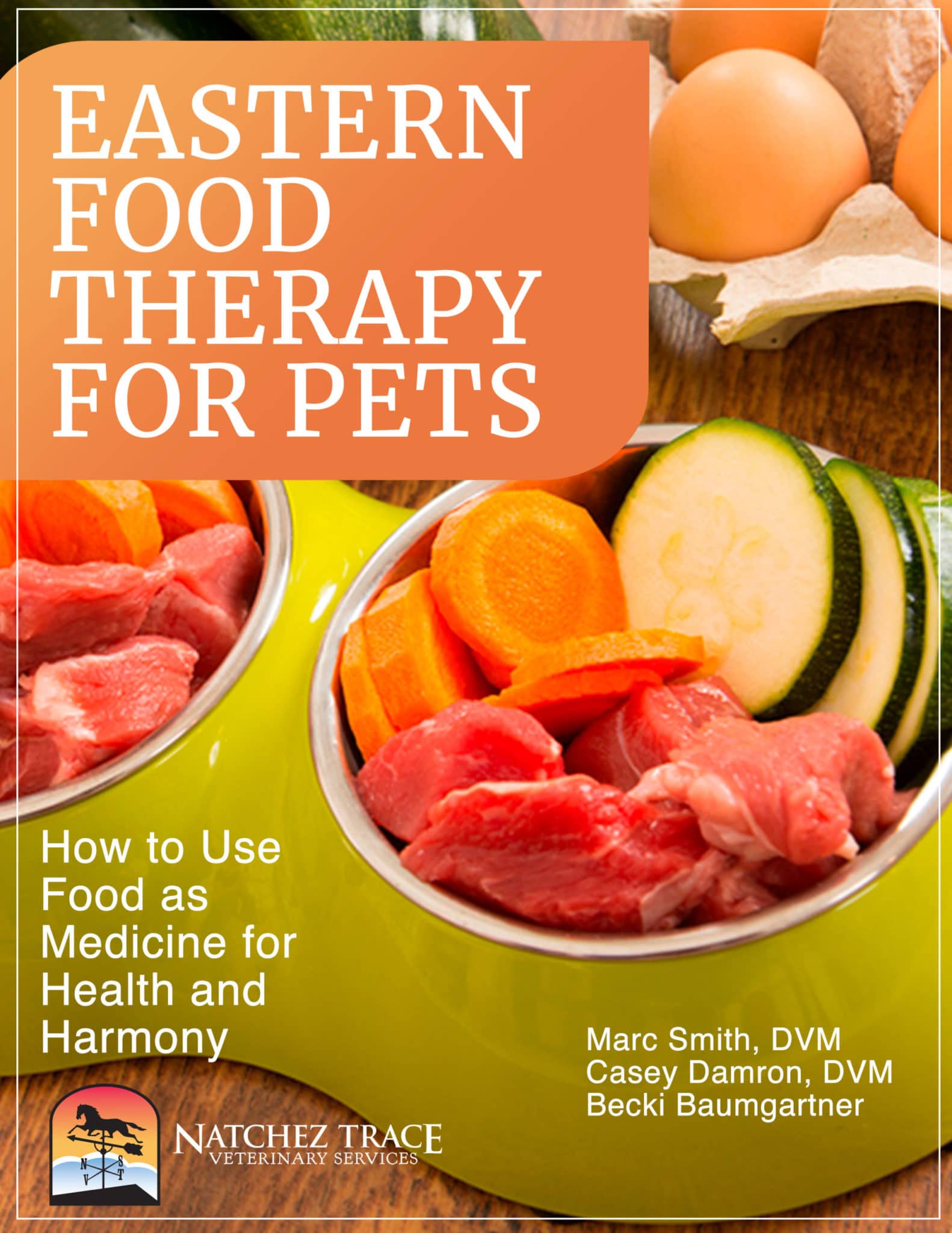Housetraining puppies can be hard work if you don’t go about it properly. Follow these suggestions to make housetraining puppies a breeze and maintain balance and harmony between you and your puppies!
Puppy Housetraining Accidents
Housetraining accidents in the house are the major reason many puppies end up losing their homes.
If done properly, housetraining puppies can be quite easy. Dogs have a natural instinct to relieve themselves away from their living quarters.
Dogs are clean animals. They do not want to “mess up” where they sleep.
This instinct is the reason we recommend using pet crates when housetraining puppies. Pet crates provide appropriately sized living areas for puppies–with no room for “mistakes”. Pet crates also provide the additional benefit of protecting your home from the potential destructive behavior of curious puppies, as well as minimizing chances of puppies injuring themselves.
Read Our Article on Puppy Crate Training
Housetraining puppies is really not that hard once you understand how to do it.
Housetraining puppies the proper way involves:
- Feeding high-quality food
- Having a definite, consistent feeding schedule
- Using a crate
- Being very patient!!
Signs that Puppies Need to Eliminate:
- Circling
- Restlessness
- Sniffing
Puppies Should be Taken Outside After:
- Each Meal
- Anytime they drink water
- Immediately when taken out of the crate
- Just before being confined in the crate
- Playing hard
- Getting excited
- Chewing on their toys
- When you see “intention” signals: circling, sniffing, restlessness
Note: Be sure to feed your puppy early enough so that it has sufficient time for bowel movements before placing it in the crate when you go to work or go to bed. Water should be available free choice when the puppy is not confined in the crate. Water (or food) should not be provided in the crate. Always give the puppy the opportunity to go outside before placing it in the crate. Always take it outside IMMEDIATELY when letting it out of the crate. When the puppy is left out of the crate, it is important that you be able to keep one eye on the puppy. Watch for the telltale signs of the need to eliminate: circling, restlessness, sniffing, etc. Remember, most housetraining accidents are the fault of the owner, not the puppy!
Tips for Housetraining Puppies
- Puppies need 3-4 meals of high-quality commercial pet food daily. Consistency in feeding times makes the times of elimination more predictable. Make the last feeding no later than 6 p.m. Removing water at 8 p.m. may be helpful for the first month or two. Puppies should be fed 3-4 times daily until 4-6 months of age, and then can be cut down to twice daily feeding. High-quality food will result in much less stool volume and less odor. If you work and are unable to feed the puppy around noon, feed the puppy early in the morning, again as soon as you get home, and again one hour before bedtime. It is next to impossible to housetrain a puppy that is on “free-choice” feeding where the food is left available at all times. It must be restricted to definite feeding intervals to develop good bowel habits. After the puppy has finished eating, take it outside 5-10 minutes later to have its bowel movements. Every puppy will have a bowel movement within 1 hour after eating. Some puppies take 5 minutes, some 30 minutes, and some take up to an hour. Whatever the time happens to be, you will usually find that it will be close to that same time each and every time. Once you have learned the appropriate time for your particular pet, you now can wait and take it outside close to that exact time.
- Puppies should be confined to the crate whenever they are not under direct supervision. The crate should be large enough for the puppy to stand up and turn around, but not so big as to have extra room in which elimination can occur. If you choose to buy a larger crate, place something in the back part of the crate to make it smaller while the puppy is smaller. A key point: Do not give the puppy an opportunity to have an accident. Do not show the puppy any attention while in the crate. Talking to the puppy, sticking your finger into the crate door, or even yelling at the puppy trains the puppy to whine, bark, etc. to get that attention. Totally avoiding the puppy’s actions in the crate will soon lead to the puppy learning to be quiet. Click here for more details on how to crate train puppies.
- When you take the puppy out of the crate, immediately take it outside. If it refuses to “do its business” after 5 minutes outside, put it back in the crate for 5 minutes and repeat the procedure. The puppy soon learns that its reward for “doing its business” is to stay out of the crate.
- Select one toilet area for your puppy. Take your puppy to the area at times it is most likely to need to eliminate such as right after sleeping, soon after eating, etc. In the beginning, it is advisable to take the puppy out every 2 hours if possible. Always provide the puppy the opportunity to go outside to eliminate just before being put back in the crate. Always take the puppy outside immediately after returning home before the excitement causes an accident. When you get to the area and your puppy begins to sniff around for the right spot, use a phrase such as “hurry up,” or “do your business.” Soon that phrase will result in elimination.
- Praise your puppy immediately after it has eliminated in the right area. Even if you are doing everything right, accidents will happen. If you catch your puppy in the act, clap your hands to startle him and say “No!” Immediately take him to the area you have designated as a toilet area. If he then eliminates in the toilet area, praise him for doing a good job. If you find an accident, do not raise your voice, spank your puppy, or rub his nose in it. While you will certainly make him afraid, it won’t be because of the accident, but will only make it afraid of you.
- Keep a record of elimination times. Most all puppies will be “regular.” They will go at the same time every time after eating. Most puppies will eliminate within 5 minutes after eating. Once you have learned the specific time for your specific puppy, you will have a good idea at what time you should routinely take the puppy outside. This is particularly valuable to know during in climate weather.
- Use products that neutralize urine odor when cleaning up accidents. There are many of these types of products available online, in pet stores, and in department stores. Avoid products with ammonia, as it is a natural component found in urine and the smell may actually attract the puppy to urinate in that location.
- Remember, BE PATIENT!! Housetraining should be complete by 4-6 months of age. But it is still advisable to keep the pet in the crate when you are away from home for several months to prevent possible destructive behaviors.
Remember puppies need plenty of play and exercise when out of the crate!







